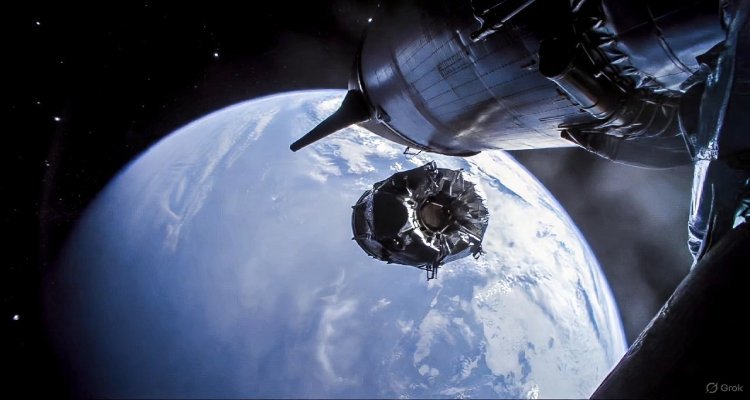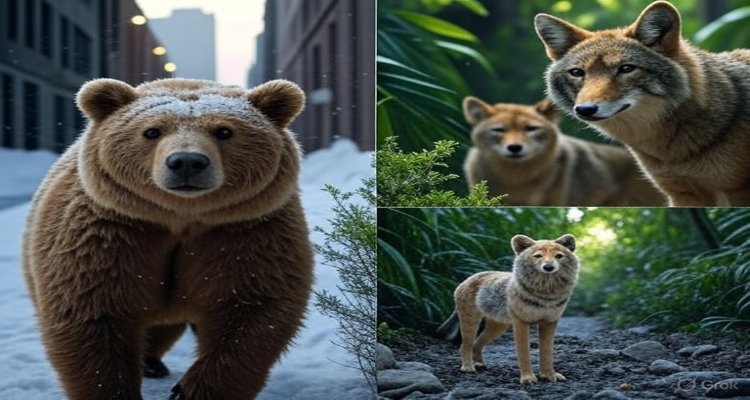The Strange World of Hybrid Wild Species
Discover the fascinating world of hybrid wild species, their surprising origins, ecological impact, and what they reveal about evolution and conservation.
Introduction
In the hidden corners of nature, life often defies boundaries. Hybrids — animals born from the mating of two different species — are among the most captivating examples of evolution’s experimentation. From mysterious liger encounters to naturally occurring wolf-dog mixes in the wild, hybrid species embody both the wonder and the complexity of biology. While some emerge by chance in nature, others are influenced by human activity and climate pressures, blurring the lines of species identity.
Context & Background
Hybrid wild species are not mere curiosities but a recognized phenomenon in evolutionary science. Traditionally, species boundaries were thought to be rigid, with reproduction limited to members of the same gene pool. However, growing research reveals that hybridization happens more frequently than once believed, especially in overlapping habitats.
Historic records note rare events — such as polar bear–grizzly hybrids (“pizzly bears”) found in the Arctic, where shifting climates push species into shared ranges. Similarly, wildcat-domestic cat hybrids have been identified across Europe, with genetic tests confirming interbreeding.
The rise in documented hybrid species forces scientists to rethink biodiversity: Are hybrids anomalies, or are they part of nature’s adaptive toolkit?
Main Developments
Several striking cases of hybrid wild species have captured global attention in recent decades:
-
Ligers and Tigons: Offspring of lions and tigers, typically seen in captivity, have sparked debates on ethics, conservation, and genetic survival.
-
Coywolves: Found across North America, these wolf-coyote hybrids thrive in urban areas, showcasing adaptability.
-
Pizzly Bears: In northern Canada, polar bears mating with grizzlies has created a hybrid that can hunt both ice and land prey — an evolutionary response to melting habitats.
-
Wholphins: A rare bottlenose dolphin-false killer whale hybrid, recorded in Hawaii, reflecting cetacean cross-compatibility.
These examples highlight that hybridization is not confined to controlled environments; it often arises from ecological stress, habitat overlap, or changing environments.
Expert Insight & Public Reaction
Biologists see hybrids as natural laboratories for studying evolution. Dr. Elena Vargas, a wildlife geneticist, explains, “Hybrids are windows into adaptability. They reveal how species boundaries are negotiable under pressure.”
However, hybrids also spark public fascination mixed with concern. Wildlife enthusiasts celebrate their unusual beauty, while conservationists caution that hybridization may threaten pure species lineages. For instance, the Scottish wildcat faces extinction risk partly due to interbreeding with domestic cats, raising preservation alarms.
Public reaction often lies in awe at creatures like ligers or coywolves, but scientific communities remain cautious, emphasizing that each hybrid case has distinct ecological consequences.
Impact & Implications
The emergence of hybrid wild species has far-reaching implications:
-
Conservation Strategy: Conservationists face hard choices on whether to protect hybrid populations or focus on “pure” species survival.
-
Ecological Balance: Some hybrids, with traits from both parents, may outcompete native species, altering ecosystems.
-
Climate Change Signals: Hybrid species like pizzly bears reflect pressing planetary shifts, making them biological indicators of climate stress.
-
Future of Evolution: Hybrids challenge the definition of species itself, reshaping evolutionary theory from fixed categories to dynamic continuums.
The balance between protecting biodiversity and acknowledging nature’s adaptive hybrids remains one of today’s most complex conservation dilemmas.
Conclusion
The strange world of hybrid wild species is a reminder of nature’s resilience and unpredictability. They embody the intersections of survival, adaptation, and human impact on ecosystems. As scientists continue to unravel their mysteries, hybrid creatures may reshape conservation strategies and evolutionary theory. In a world where climate change and human expansion press against natural boundaries, the story of hybrids is not just about rare animals — it is about the future of life itself.
Disclaimer : This article is for informational and educational purposes only. It does not promote or encourage the breeding of hybrid animals outside their natural environments.











